Part of the COVID-19 relief plan, the CARES Act was passed to provide necessary aid for families and business. This ranged from unemployment aid to paycheck protection funds and programs, up to tax breaks for certain companies.
To better understand the CARES Act of 2022 includes some necessary changes and requirements for many different businesses.
The CARES Act 2022 Eligibility and Changes
During 2021, Congress extended the CARES Act until 2022. This relates to 1) debt relating to bankruptcy, 2) pauses on student loan payments, 3) extended deadlines for tribal governments, and more.
-The Infrastructure Investment and Jobs Act
President Biden signed the Infrastructure Investment and Jobs Act in November of 2021. This bill allows for many improvements for air, rail, and highways. This also implements various safety requirements for different types of transportation and climate change. President Joe Biden signed the Infrastructure Investment and Jobs Act on November 15, 2021.
-CARES Extension
Extending the deadline was completed by Congress, extending for tribal governments who were applying in December of 2021. The deadline is now a year later at 12/31/2022.
Interest Rates for Pensions
The existing Act includes extensions for pension interest rate stabilization for a period of five years. “Pension Smoothing” involves when employers use higher future interest rates to establish future pension liabilities.
Making minimum payments to pension funds is imperative. These payments may differ due to various current interest rates. Stabilization of interest rates, current contributions, and income are expected to decrease.
-CARES Act Withdrawal Deadline
Retirement plans that allow hardship withdrawals must be updated by 12/31/2021. There are several aspects to this update in the CARES Act that you can find here.
-The SECURE Act
Setting Every Community Up for Retirement Enhancement Act ends on 12/31/2022. This Act promotes mandatory and optional retirement plan alterations.
These plans must be updated by 12/31/2022. These changes can include 1) Allowing for part time employee participation, 2) Changing the required beginning dates, 3) Distributions for birth and adoption, 4) COVID-19 relief and loans.
-Part-Time Employee Participation
Employees must work less than 500 hours, but also more than 1,000 to be eligible for retirement plans. By meeting these requirements for around three years, they will become eligible.
Hours must start after December 31, 2020.
-Start Date
Changing the beginning date for minimum distributions is very important. This date ranges from 70 and one-half to 72 years of age.
Contribution plans have to eliminate non-spouse beneficiaries to stretch out distributions for greater than 10 years.
-Distributions for Births and Adoptions
Penalty-free distributions that occur after the birth/adoption of a child must be fully amended by December 31, 2022.
-COVID-19 Relief and Loans
Most of the plans created during the COVID-19 pandemic created vast relief for many. Increased plan limits, extensions, or coronavirus-related distributions added to this spread. The plans must be updated by the end of 2022.
-IRA Withdrawal Rules
The CARES Act got rid of minimum distributions for IRA and retirement plans. This also includes beneficiaries.
In order to be eligible for early withdrawals. A medical professional must be able to diagnose someone with COVID-19. Those who experience financial impact due to the pandemic are also included.
Not only does this include the previous eligibility, lost wages due to shutdown or furloughs could be reimbursed. Spouses and household members are also included.
Employers can make these changes or not and also find a way to amend plans to meet these CARES Act requirements.
-Deadlines for Amendments
Amendments have to be adopted by the final day of the first plan year after January 1, 2022. This applies only to non-governmental plans.
Plans will have up to the last day of the first play year around January 1, 2024.
These changes can be retroactive. These plans can operate according to amendments made before CARES Act changes.
-ERC Deadline
The Infrastructure Investment and Jobs Act altered the dates for the 2021 credits. This is now apple to qualified wages that exist from March 2020 to September 2021.
You can still apply for qualified wages in this date range even if aid wasn’t applied for in 2020-2021. Contact an ERC member today to gather more information.
-Employee Retention Credit
The ERC is defined as fully-refunded payroll tax credit for qualified wages. This maxes out at $5,000 per employee as of 2020.
What Are the Requirements?
The requirements changed in 2021. The changes specified you can claim up to $7,000 per employee per quarter for the employee retention credit.
Businesses that were partially or fully suspended during the COVID-19 pandemic are eligible. If your gross receipts decreased by 50%, you’re also eligible.
Need Help? Reach Out Today
ERC Benefits are your helping hand when it comes to anything credit! We are your best source for reliable, expert, and ideal tax consulting services with quick and efficient filing processes. Not only is our team ready to help right away, the team can help answer your questions and see if BOTH the credit and the PPP loan can be attained.


